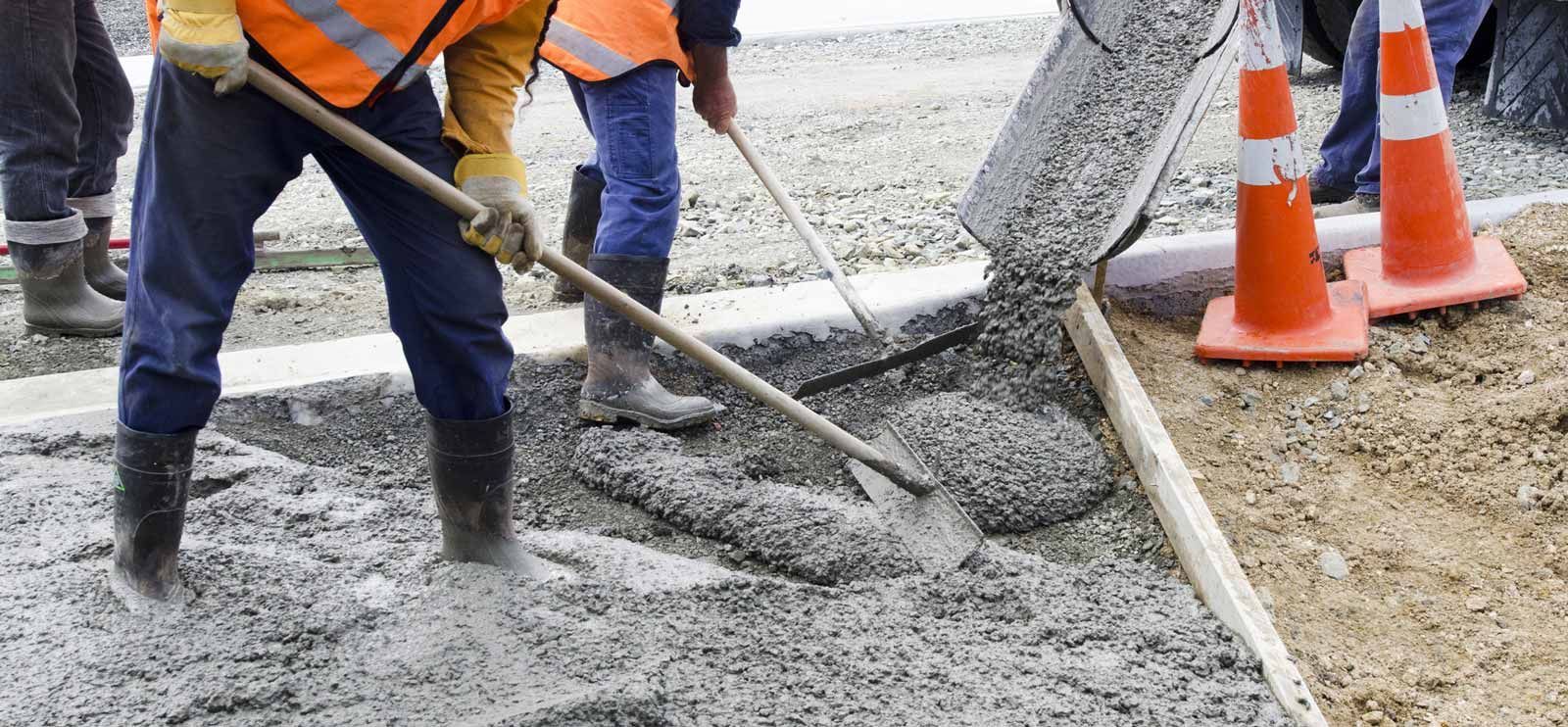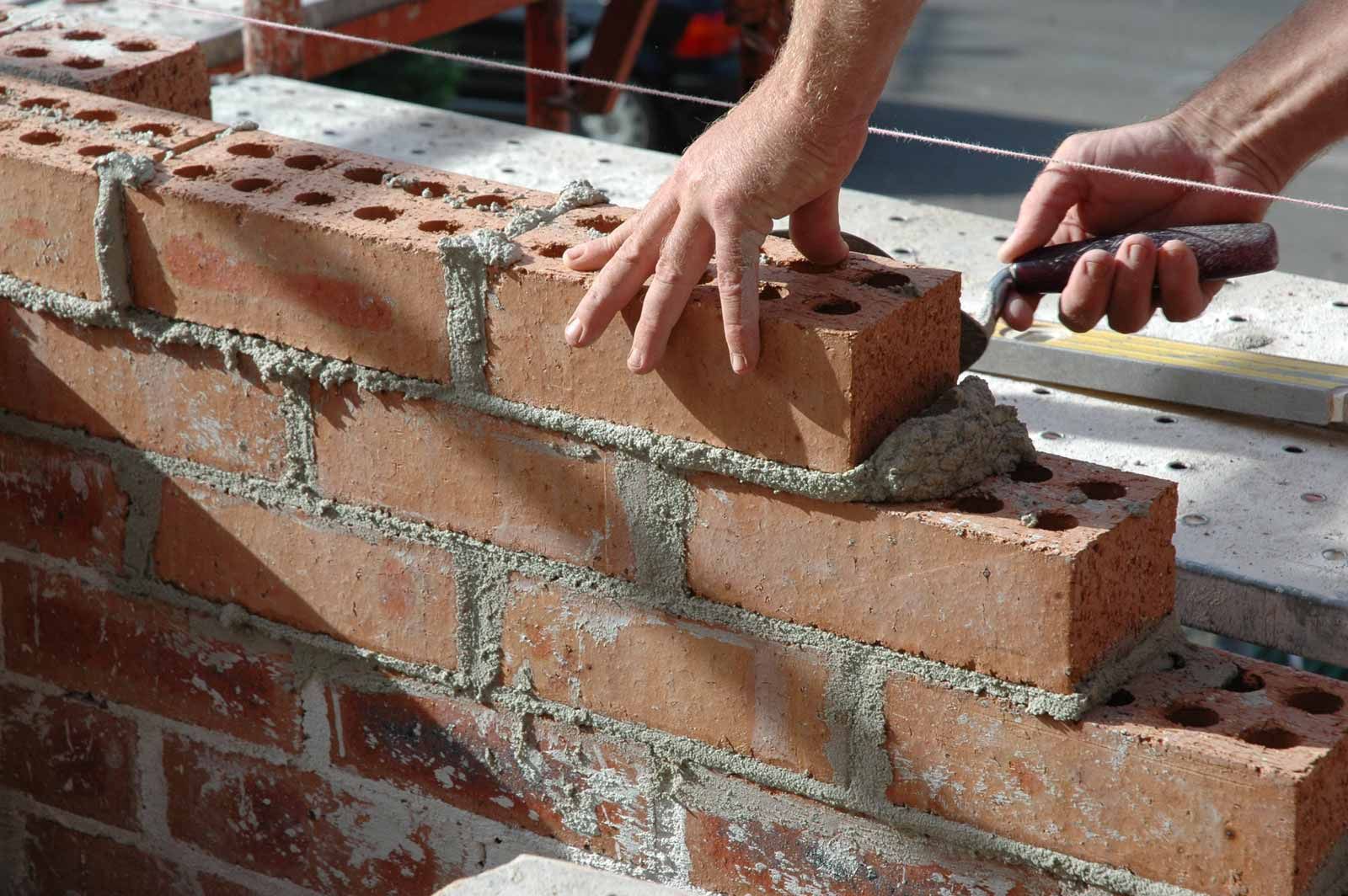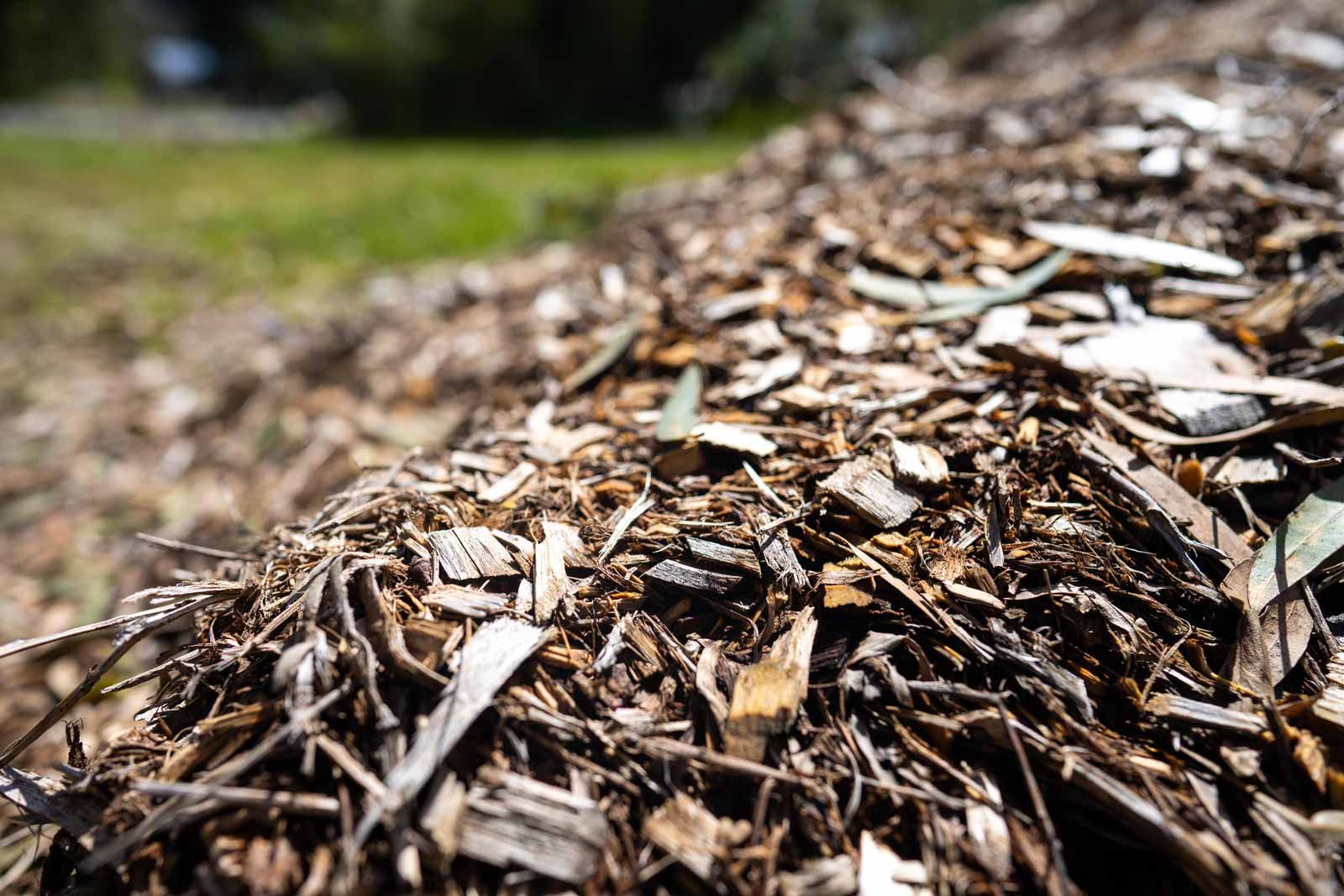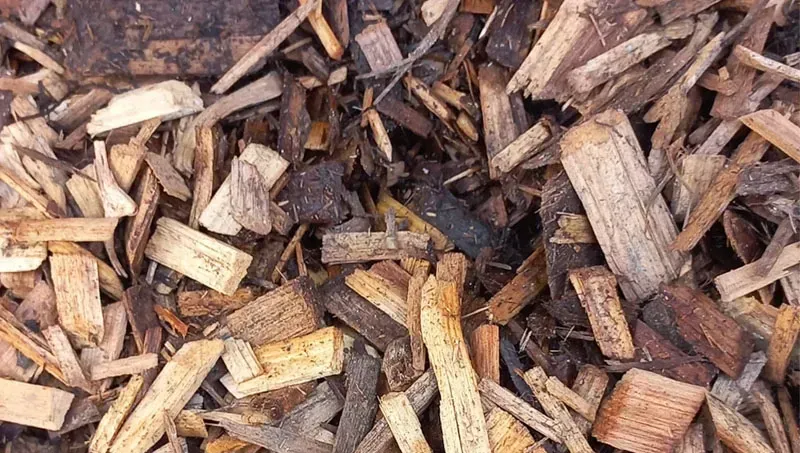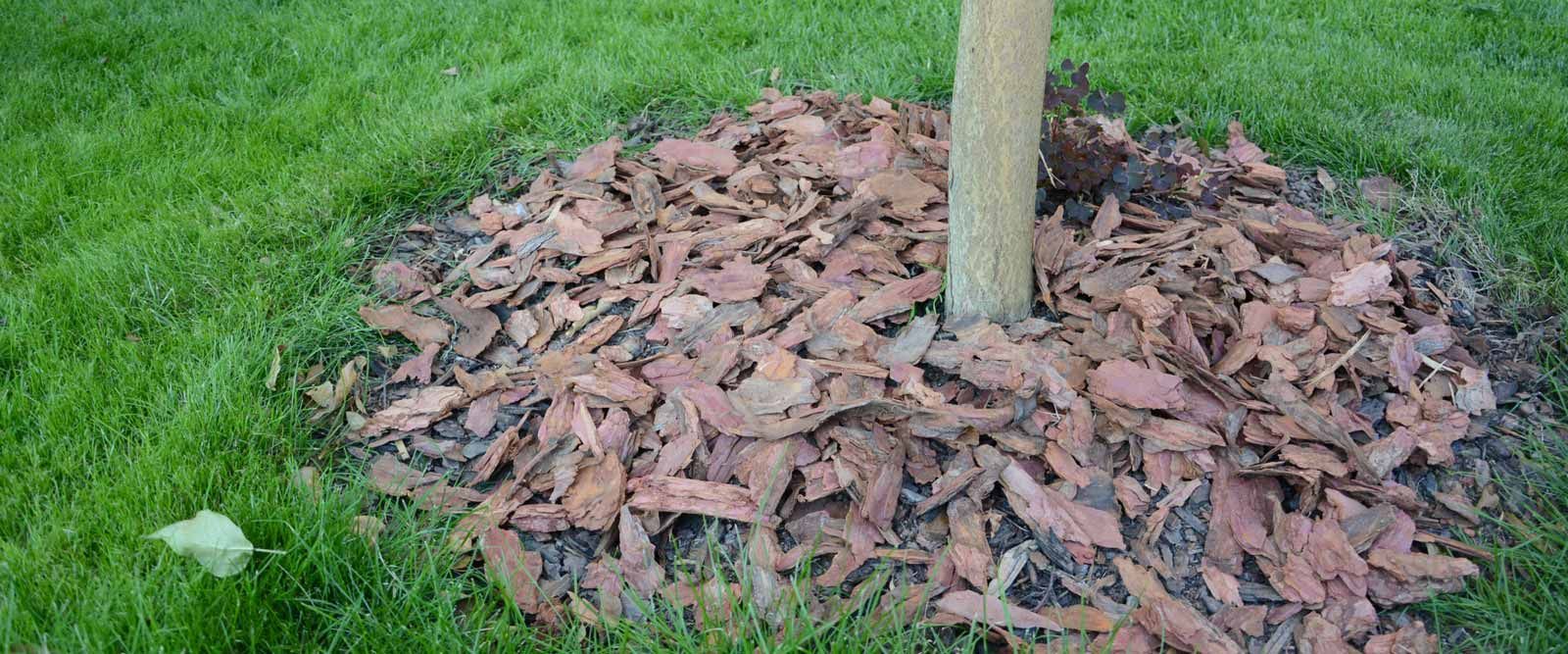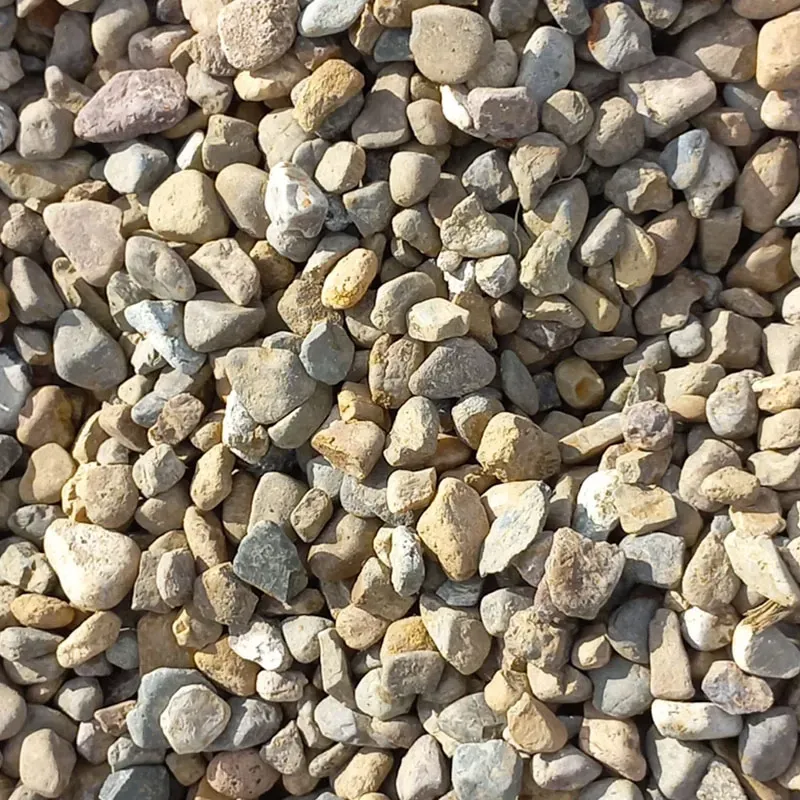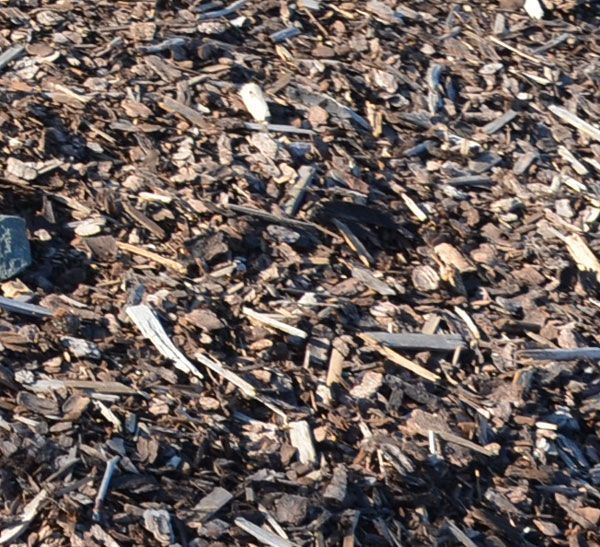What are the advantages and disadvantages of white bricklayers cement?
Choosing the right type of cement is essential when undertaking a construction or masonry project. White bricklayers cement is a specialised variant that offers a distinctive appearance and unique properties. In this blog we’ll delve into the advantages and disadvantages of using white bricklayers cement, and shed light on its characteristics and potential applications.
Pros and cons of white bricklayers cement
Advantages
- Aesthetic appeal: White bricklayers cement delivers a clean, bright finish, making it an excellent choice for projects where aesthetics matter, such as decorative walls and facades.
- Enhanced colouring: Its neutral base allows for easier tinting, enabling a wide range of colour possibilities beyond traditional grey cement.
- Reflective properties: White cement reflects light more effectively than its grey counterpart, contributing to a cooler surface temperature in sun-exposed areas.
Disadvantages
- Cost: White bricklayers cement is generally more expensive than standard grey cement due to the additional processes involved in its production.
- Maintenance: The bright colour of white cement can show stains and discolourations more prominently, necessitating regular cleaning and maintenance.
- Application challenges: White cement can be sensitive to variations in water content and temperature during the curing process, requiring more precise handling.
Speak to your local cement supplier today
If you’re considering incorporating white bricklayers cement into your project, you can rely on the expertise of SEQ Landscape Supplies. We’re the first-choice provider for premium cement products, such as white bricklayers cement, for projects in Mount Tamborine and surrounding areas. If you require other landscaping materials, check out our wide range of products on our website and place an order today.



